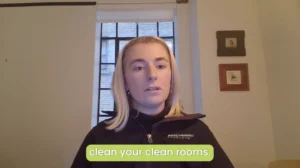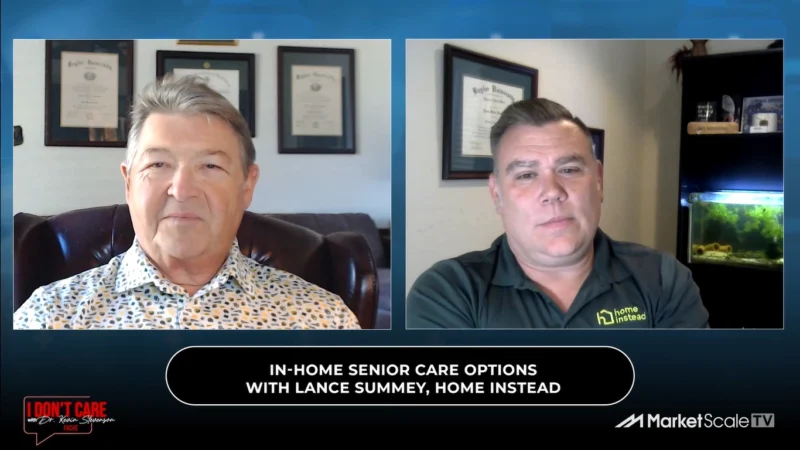AHA Report Gives Administrators Strategies for Supporting Healthcare Workers
At the end of June 2022, the American Hospital Association released Part one of a three-part report on the healthcare workforce. Part one focuses on healthcare workers and giving insights for healthcare administrators that would help them in “Supporting the Team,” with advice in three core areas:
- Addressing healthcare worker well-being,
- Supporting behavioral health, and
- Preventing workplace violence.
With the strain that the pandemic placed on the healthcare system and its workers, problems that were already impacting professionals’ abilities to stay productive and deliver effective patient care have been exacerbated. The AHA hopes that, with its various reports and feedback, it can help shine a light on areas of needed support and guide the healthcare industry to actionable solutions and resources.
Healthcare workers have been working around the clock to provide necessary care to patients. As many healthcare workers can attest to, and as the AHA report itself backs up, since the pandemic there has been an increased number of mental health issues and workers experiencing burnout. There are often too few workers for essential care roles, leading to 12-hour shift workdays which increase stress on healthcare professionals, and in turn the number of medical mistakes made. The AHA report emphasizes that many of these issues, burnout especially, are not singular problems to fix at an individual level, but rather require an organization-wide culture shift. Kevin Stevenson, hospital administrator and host of MarketScale’s “I Don’t Care” podcast, has his own three-pronged approach for supporting healthcare workers in conjunction with the AHA report:
- Ask,
- Listen, and
- Follow-up.
“We really need to be very diligent in engaging front line workers and key managers in discussions about well-being to make sure that we create solutions that actually matter to our staff members, that’s one thing. Second thing, we need to build a culture of transparency, honesty, and belonging. Speak openly and honestly to your staff and really ask for their feedback,” he said.
The AHA also addresses the noticeable and continued increase in workplace violence in healthcare facilities since the pandemic. This violence towards healthcare professionals creates an unsafe environment for its workers as well as its patients. A recent National Nurses United survey from April found that 48% of registered nurses have seen an increased amount of workplace violence, up from 21.9% a year prior. Much of that workplace violence goes unreported or ignored.
“It’s important to be very vigilant in protecting your staff, take all threats seriously and demand accountability from your security departments and local law enforcement if they have to be involved,” Stevenson said.
The AHA states that accountability measures should be in place for all leadership. Hospital systems are encouraged to form threat assessment teams along with continued education and training programs to maximize violence prevention and preparedness.
Part two of the AHA Report, this time with a focus on data and technology, is expected to be released by the end of July 2022.









